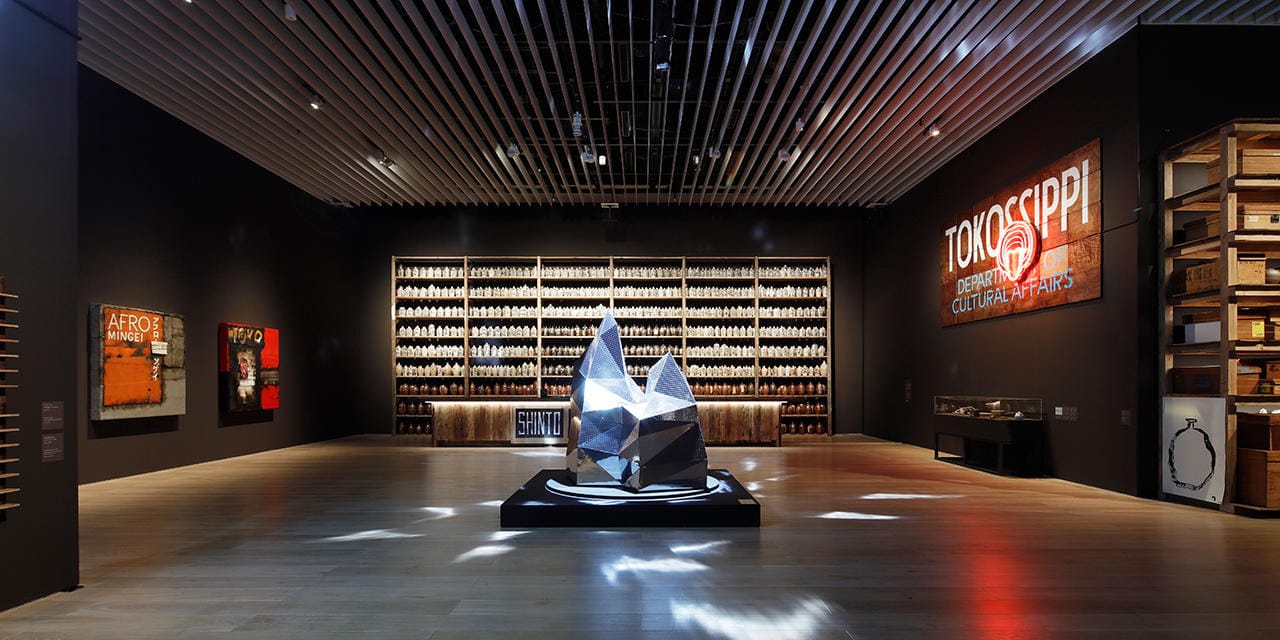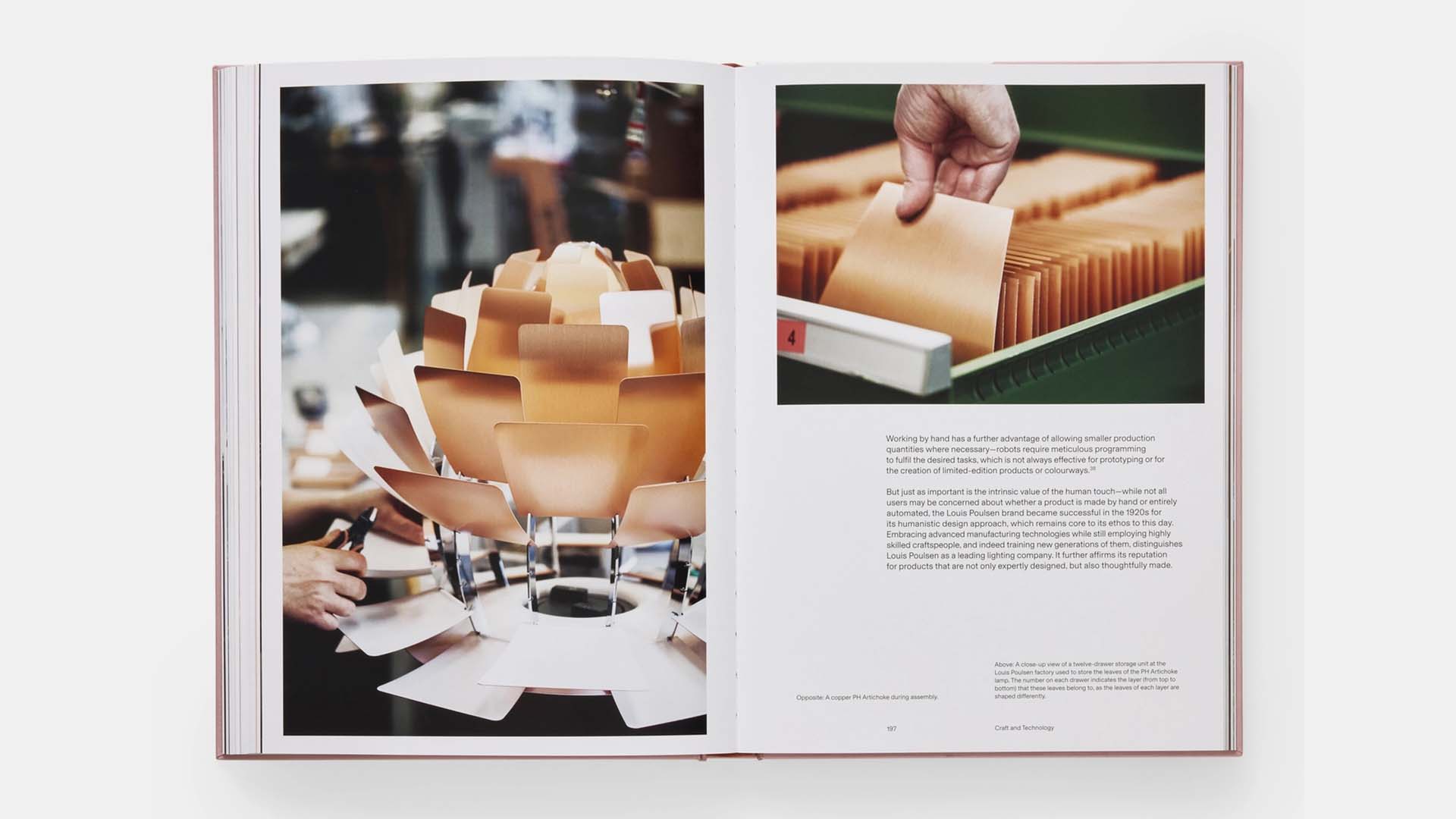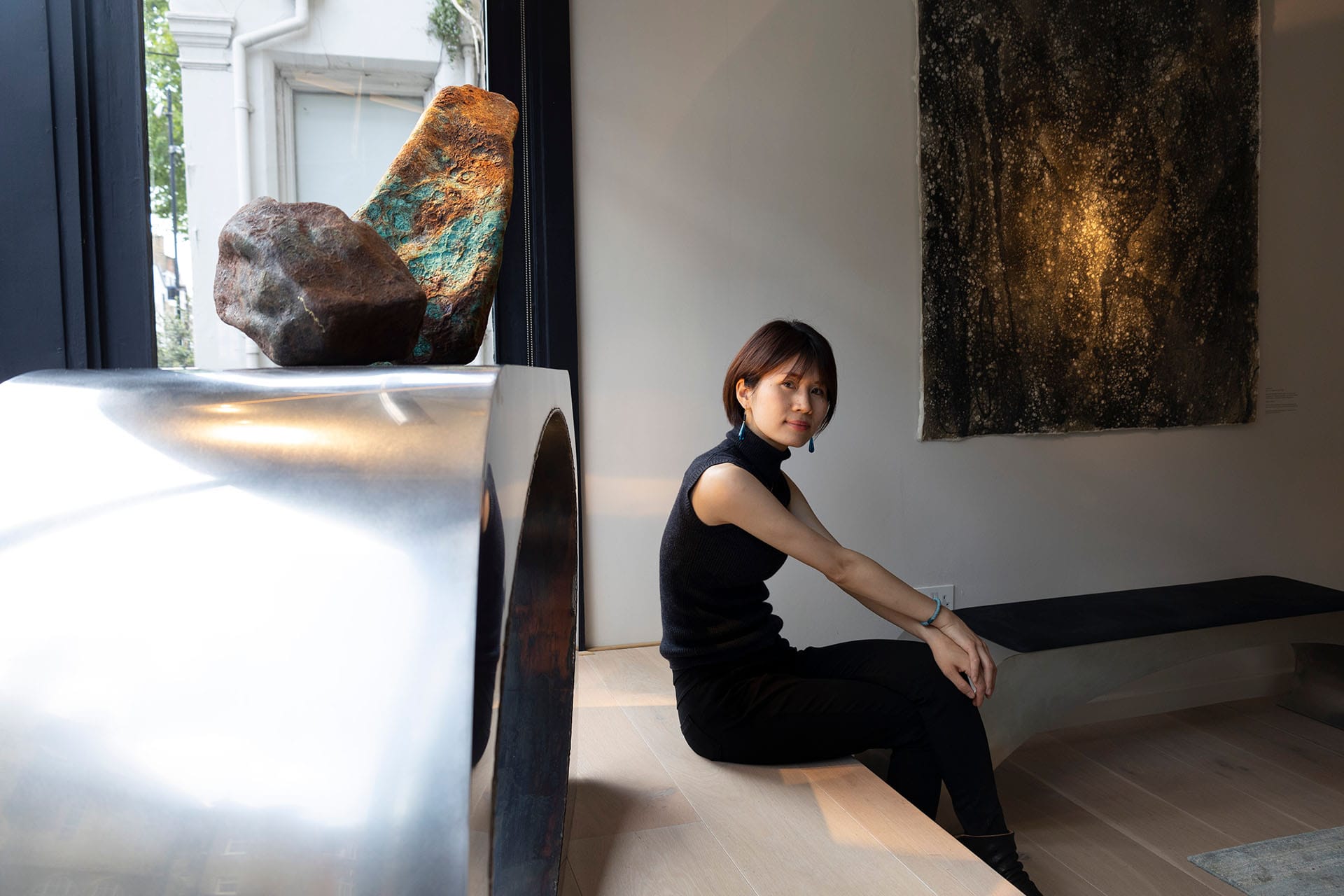
Newsletter Summer Special 2024
When I started The Craftsman Newsletter in 2017 it was about recommending craft-related objects and people I encountered through my frequent travels. In time it evolved into original long-form stories that went behind the scenes. When lockdowns hit in 2020 and my plans to go to Japan to do research for a book were put on hold, the newsletter took another turn and has since then focused mostly on Japanese craftsmanship as a way to channel some of the topics I’ve been diving deeper into.
Today’s ‘Summer Special’ is a temporary return to the newsletter's original mission. I made a selection of interesting things I have experienced recently or that people in my network have recommended. You’ll notice that several are connected to Mingei (Japanese folk-craft), which at the moment is going through a vibrant revival albeit with a more critical view. Here we go...
Knowledge
Musubi Academy. Laurens van Aarle has launched Musubi Academy as “an online educational platform designed to uncover the essential wisdom, creativity and beauty underlying Japanese culture”. It features essays and interviews with some of my favourite contemporary craftspeople and craft-patrons including ceramic artist Hosai Matsubayashi XVI, designer Shinichiro Ogata and Zen priest Toryo Ito.
In his interview Ito reminds us that:
The truth is that we are all cut from the same cloth. Accepting our ordinariness in this way can be liberating. You don’t have to become someone special to be important. There is no need to be “number one” or “the only one”. These concepts don’t really matter.

Exhibitions
Art Without Heroes - Mingei. The William Morris Gallery in London is hosting a brilliant exhibition on ‘Mingei’, Japanese folk-craft (until 22 September 2024). Last month I invited the curator, Róisín Inglesby, to discuss five of her favourite stories behind the objects and the people being presented and the influence of Mingei craft culture in today’s world. We also touched on how Mingei relates to the work of William Morris who once stated that one should “have nothing in your house that you do not know to be useful, or believe to be beautiful.” Watch the video of our conversation.
Theaster Gates: Afro-Mingei. You can consider this exhibition at Tokyo’s Mori Art Museum as a complement to the one at the William Morris Gallery, which also features works by Theaster Gates. The exhibition imagines “a New Hybrid of Black and Japanese Cultures through Ceramics, Architecture, and Music”. I won’t be able to see it in person (it runs until 1 September 2024) but this interview with Gates by the NHK offers a good overview.
MINGEI: The Beauty of Everyday Things. Mingei-related exhibitions are popping up everywhere. At the Toyama Prefectural Museum of Art and Design you can explore 150 objects through the themes of clothing, food and housing. It also hosts an installation merging Mingei and modern lifestyle by MOGI Folk Art directors Terry Ellis and Keiko Kitamura. On show until 23 September 2024.
Japanese Ceramics from Mashiko and Karatsu. Keiko Uchida is showcasing a selection of objects she brought back from her recent visits to Mashiko and Karatsu at TOTO’s showroom in Clerkenwell, London. Handle (and buy!) pieces by Tomoo Hamada and his grandfather Shōji Hamada of Mingei fame, and others from the famous town of Karatsu. She’s also offering a small selection of Japanese teas including shincha - first harvest green tea - and matcha. It’s up until 18 July 2024.
Yoshida: Three Generations of Japanese Printmaking. I haven’t visited it yet but my friends have been raving about this exhibition at the Dulwich Picture Gallery in London (until 3 November 2024). It features the work of “three generations of woodblock print artists including Yoshida Hiroshi, Fujio, Tōshi, Hodaka Chizuko and Ayomi, tracing the evolution of Japanese printmaking across two centuries.”
Online Galleries and Directories
JapanCraft21 Gallery. Steve Beimel has been a long time resident of Kyoto and together with his team he has launched an online gallery - which he clarifies is not an online shop - to showcase Japanese craftsmanship to inspire and connect Japanese craftspeople with architects, interior designers, product designers, curators, gallery owners and other professionals.
WeMake. Ephrem Hernandez created We Make as a place for makers to connect with the people that support their work. He makes the point that the platform is managed by people, not algorithms. The online community focuses on discovery by type of craft, through photos of beautiful objects and by geography.

Books & Magazines
Precious Beyond Measure: A History of Korean Ceramics. I became interested in Korean ceramics through Japanese tea culture and its appreciation of Korean bowls, so I can’t wait to get my hands on a copy of this book by Beth McKillop and Jane Portal to educate myself more about it. I’m lucky that London has the Han Collection Gallery and Lloyd Choi Gallery where I always learn from their directors, Jinsoo Park and Lloyd Choi, respectively.
Louis Poulsen: First House of Light. TF Chan has written this massive tome celebrating 150 years of Danish lighting company Louis Poulsen, from its origins to the iconic products created through collaborations with design superstars like Arne Jacobsen, Nendo, Verner Panton, GamFratesi and Olafur Eliasson.
Sankaku Volume 02 - Ramen. You could waste your time arguing if making ramen can be considered a craft or not (I think it’s a rotund yes!), or you could just dig into this beautiful magazine that features stories, photos and illustrations on topics such as “the challenges of halal ramen and the rise of a tiny family-run noodle-making business, to meditations on searching for home in a bowl of ramen and the experience of eating ramen in space”. On their website you can also find craft-related stories like this interview with Yuki Sakamoto on his path to become an Edo Kiriko (cut glass) artisan.
TV & Video
Omnivore. This docu-series by revered chef René Redzepi (Restaurant Noma in Copenhagen) will debut on 19 July. It presents itself as a “globe-spanning odyssey, unveiling intricate stories behind the ingredients that have shaped societies, cultures, beliefs and the course of human history.” It will do all of this by focusing on the role that bananas, chilies, coffee, corn, pork, rice, salt and tuna have had in different cultures. I’m already hungry…
The Art of Traditional Japanese Wood Joinery: A Kyoto Woodworker Shows How Japanese Carpenters Created Wood Structures Without Nails or Glue. This is an online course of sorts by Open Culture. Interesting even if you’re not planning to become a carpenter.

Products & Online Shops
Sabi Washi x Yuzemi. My friend Ana Gervasio selects beautiful artistic and everyday objects rooted in Japanese craft and also does kintsugi repairs. In May she exhibited at Tom Faulkner’s gallery in London the fabulous work of washi (Japanese paper) artist Sakuho Ito. Ito-san created Sabi Washi - rust paper - a way of using handmade paper which she mixes with copper, iron, sand and other ingredients to create textures that look and feel nothing like paper. What’s fascinating is that the surfaces change with the passage of time due to the natural oxidation of the minerals used. Ito-san then fixes the result at the point she finds it most beautiful by applying multiple layers of dousa (a mix of alum and animal glue) and persimmon juice. A side project of hers is the rock series called Kokkuu (as in the micro season 穀雨), where she moulds paper around rocks inspired by how Daruma dolls are made.
Studio Shifuku. Kyle Whittington has been recently awarded the title of Fukuro-shi (袋師, Bag Master) in recognition of his shifuku work. Shifuku are the beautiful pouches tied with a braided cord used to protect precious tea wares. They’re particularly popular in Chanoyu, the Japanese tea ceremony. Kyle creates them using a vast selection of textiles from different cultures and makes his own cords too.
Suigenkyo. I recently found this online store that specialises in traditional Japanese crafts and ships worldwide. They have good explainer videos for many of these crafts. As I’m increasing my practice of shodō, Japanese calligraphy, I’ve been looking for a better, larger inkstone and I’m fascinated by their selection. Please note that these are affiliate links, which means I earn a small commission if you buy one of their products by clicking on them (it doesn’t affect the price you pay).
POJ Studio. I’ve been a fan of Tina Koyama’s shop since she launched a few years ago, where I bought a beautiful noren curtain by Masao Kiyoe for my living room. POJ carries a great collection of contemporary crafts suitable for modern living. They also teach kintsugi and have a shop in Kyoto.
Korean Craft and Design. It does what it says on the tin: a selection of beautiful Korean wares for everyday life accompanied by insightful articles, like this dialogue between Sung Wook Park and Xavier Mañosa on Buncheong ceramics. I find their Traditional Korean Craft Index a super useful resource to learn more about Koran craft.
Koyori Uribo Stool. Munetoshi Koda has been criss-crossing Europe presenting the latest furniture by Japanese brand Koyori. At Copenhagen’s 3daysofdesign in June they unveiled a new wooden seat designed by GamFratesi which draws inspiration from Sori Yanagi butterfly stool (Sori was the son of Sōetsu Yanagi, co-founder of the Mingei movement). I love its simple, clean lines and muted celebration of great craftsmanship.



